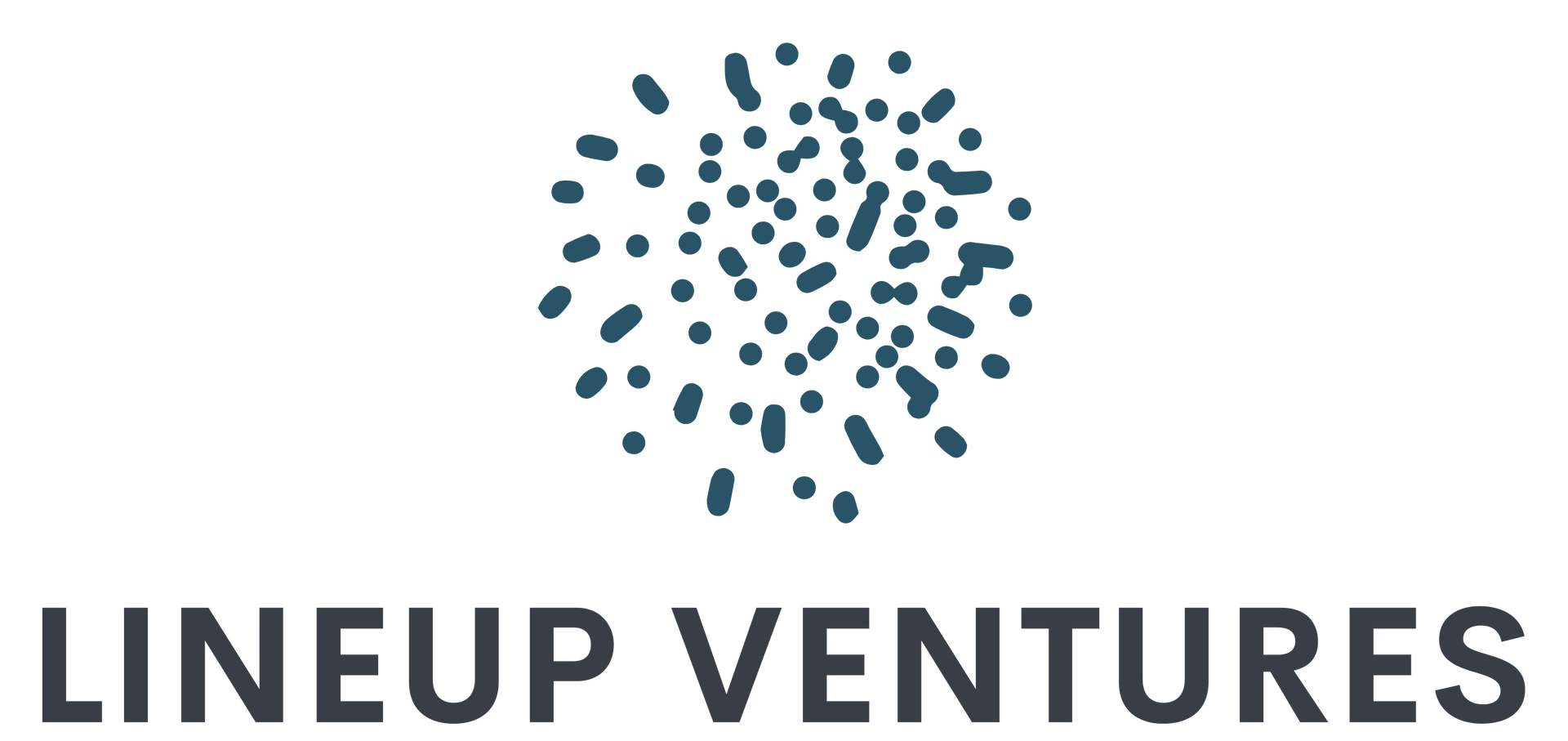Building a Growth Mindset: Training and Development Strategies for Growth Teams
Training and Development Strategies for Growth Team

The foundation of any successful growth team lies not only in the skills and strategies they employ but also in the mindset that drives their actions. A growth mindset, characterized by the belief that abilities and intelligence can be developed through dedication and hard work, is crucial for fostering innovation, resilience, and continuous improvement within growth teams. This post explores the importance of cultivating a growth mindset and offers training and development strategies to empower growth teams.
Why is a Growth Mindset Essential for Growth Teams?
To understand the significance of a growth mindset for growth teams, it's essential to delve into the principles that define this mindset. Coined by psychologist Carol Dweck, a growth mindset contrasts with a fixed mindset, where individuals believe their talents and intelligence are static traits. In the dynamic environment of growth teams, where experimentation, learning, and adaptation are key, a growth mindset provides several advantages.
A growth mindset encourages a culture of experimentation. Growth teams are often tasked with testing new ideas and strategies to drive product growth. When team members believe in their ability to learn and improve, they are more likely to take calculated risks and embrace experimentation. This leads to more innovative solutions and a greater likelihood of finding successful growth strategies.
Resilience is a hallmark of growth teams with a growth mindset. The journey to product growth is fraught with failures and setbacks. A team that views challenges as opportunities to learn and grow is more likely to persevere through difficulties, continually iterating and refining their approaches until they achieve success.
Lastly, a growth mindset fosters collaboration and knowledge sharing. Team members who believe in the value of continuous learning are more inclined to share insights and feedback, contributing to a collective pool of knowledge that benefits the entire team. This collaborative spirit enhances problem-solving capabilities and accelerates growth.
How Can Training Programs Foster a Growth Mindset?
Implementing training programs designed to cultivate a growth mindset is a strategic investment in the long-term success of growth teams. Here are some key components of effective training programs:
- Emphasize the Learning Process Over Results: Training should highlight the importance of learning and improvement rather than just focusing on outcomes. Encourage team members to reflect on their experiences, identify lessons learned, and celebrate progress, no matter how small.
- Incorporate Mindset Training into Onboarding: Integrate growth mindset principles into the onboarding process for new hires. This sets the tone for a culture that values continuous learning from the outset. Include modules on the benefits of a growth mindset and practical exercises to reinforce these concepts.
- Provide Opportunities for Skill Development: Offer regular training sessions, workshops, and access to resources that help team members develop new skills. By continuously expanding their capabilities, team members can tackle new challenges with confidence and creativity.
- Encourage Experimentation and Reflection: Create a safe environment where team members feel comfortable experimenting with new ideas. Encourage them to document their experiments, analyze results, and share their findings with the team. This practice not only promotes a growth mindset but also builds a repository of valuable insights.
What Role Do Leaders Play in Developing a Growth Mindset?
Leaders play a pivotal role in fostering a growth mindset within their teams. Their actions, attitudes, and support can significantly influence the team's culture and mindset. Here are some strategies leaders can employ:
- Model a Growth Mindset: Leaders should exemplify a growth mindset in their behavior. This includes being open to feedback, acknowledging their own learning journey, and demonstrating resilience in the face of challenges. When leaders model these behaviors, it sets a powerful example for the team.
- Provide Constructive Feedback: Effective feedback is essential for growth. Leaders should focus on providing constructive feedback that emphasizes effort, strategies, and potential for improvement. This type of feedback encourages team members to view setbacks as learning opportunities rather than failures.
- Celebrate Effort and Learning: Recognize and celebrate efforts and learning experiences, not just successful outcomes. This reinforces the value of the growth process and encourages team members to persist through difficulties.
- Foster a Collaborative Environment: Encourage collaboration and knowledge sharing among team members. Leaders can facilitate regular meetings where team members discuss their experiments, share insights, and brainstorm solutions together. This collaborative approach helps to build a supportive and growth-oriented team culture.
How Can Teams Integrate Continuous Learning into Their Workflow?
Integrating continuous learning into the daily workflow of growth teams ensures that the pursuit of growth and development becomes a natural and ongoing process. Here are some practical strategies for embedding continuous learning:
- Regular Learning Sessions: Schedule regular learning sessions where team members can share new insights, tools, and techniques they have discovered. These sessions can be informal and should encourage open discussion and knowledge exchange.
- Use of Retrospectives: Conduct regular retrospectives to review completed projects or experiments. During these sessions, team members can discuss what went well, what didn’t, and what can be improved. This practice helps to institutionalize learning and fosters a mindset of continuous improvement.
- Personal Development Plans: Encourage team members to create personal development plans that outline their growth goals and the steps they need to take to achieve them. Provide support and resources to help them reach these goals, and regularly check in on their progress.
- Access to Learning Resources: Provide access to a variety of learning resources, such as online courses, books, webinars, and industry conferences. Encouraging team members to take advantage of these resources helps to keep their skills up-to-date and inspires new ideas.
What Are Some Real-World Examples of Growth Mindset in Action?
Real-world examples provide tangible evidence of the benefits of a growth mindset in growth teams. Here are three examples from successful companies:
- Google’s “Project Aristotle”: Google’s Project Aristotle aimed to discover the secrets to effective teamwork. The project revealed that psychological safety – the belief that the team is safe for interpersonal risk-taking – is a key component of successful teams. Teams with high psychological safety are more likely to embrace a growth mindset, openly share ideas, and experiment without fear of failure. This culture of openness and continuous learning has contributed significantly to Google’s innovative success.
- Microsoft’s Cultural Transformation: Under CEO Satya Nadella, Microsoft underwent a significant cultural transformation centered around adopting a growth mindset. Nadella emphasized learning and development, encouraging employees to embrace challenges and learn from failures. This shift in mindset has been credited with revitalizing Microsoft’s innovation and driving the company’s resurgence in the tech industry.
- Adobe’s “Kickbox” Program: Adobe’s Kickbox program provides employees with a toolkit and a small budget to develop and test new ideas. The program encourages experimentation and learning, embodying the principles of a growth mindset. By empowering employees to take risks and innovate, Adobe has been able to continuously generate new ideas and stay competitive in the fast-paced tech industry.
Cultivating a growth mindset within growth teams is essential for fostering innovation, resilience, and continuous improvement. By implementing effective training and development strategies, leaders can create an environment that encourages learning, experimentation, and collaboration. Real-world examples from companies like Google, Microsoft, and Adobe demonstrate the tangible benefits of embracing a growth mindset. By measuring the impact of these efforts, growth teams can ensure they are continually evolving and driving success. Ultimately, a growth mindset not only enhances individual and team performance but also contributes to the long-term growth and success of the organization.




